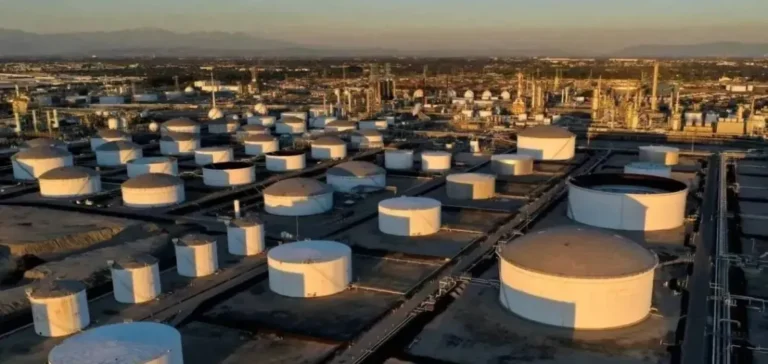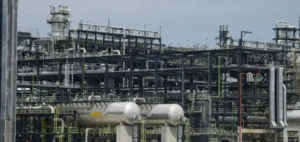US commercial crude oil inventories rose unexpectedly by 3.9 million barrels in the week ending on September 5, reaching 424.6 million barrels excluding the Strategic Petroleum Reserve. This increase surprised analysts who had anticipated a draw of 1.4 million barrels, according to a median consensus compiled by Bloomberg.
Export decline and logistical impact
This development is largely attributed to a significant contraction in crude exports, which fell by 29.3 % compared to the previous week. At the same time, oil imports declined by 6.9 %, adding to domestic stock accumulation. The US Strategic Petroleum Reserve also expanded, reaching 405.2 million barrels, its highest level since October 2022.
Increased refinery utilisation
Refineries slightly ramped up their operations, running at 94.9 % of capacity compared to 94.3 % the previous week. In theory, such an increase should reduce inventories, but it was insufficient to offset the export shortfall. Domestic production continued its upward trend, reaching 13.49 million barrels per day from 13.42 million previously.
Slowing domestic demand
The gradual end of the summer season, typically associated with high consumption, coincided with a 4.2 % decrease in deliveries of refined products, an indirect indicator of domestic demand. Gasoline consumption also declined, dropping below the symbolic 9 million barrels per day mark, down 6.7 %.
Muted market reaction
Despite the unexpected inventory build, oil markets remained relatively stable. North Sea Brent for November delivery stood at $66.77 per barrel, up 0.57 %, while West Texas Intermediate for October delivery rose 0.59 % to $63.00.





















